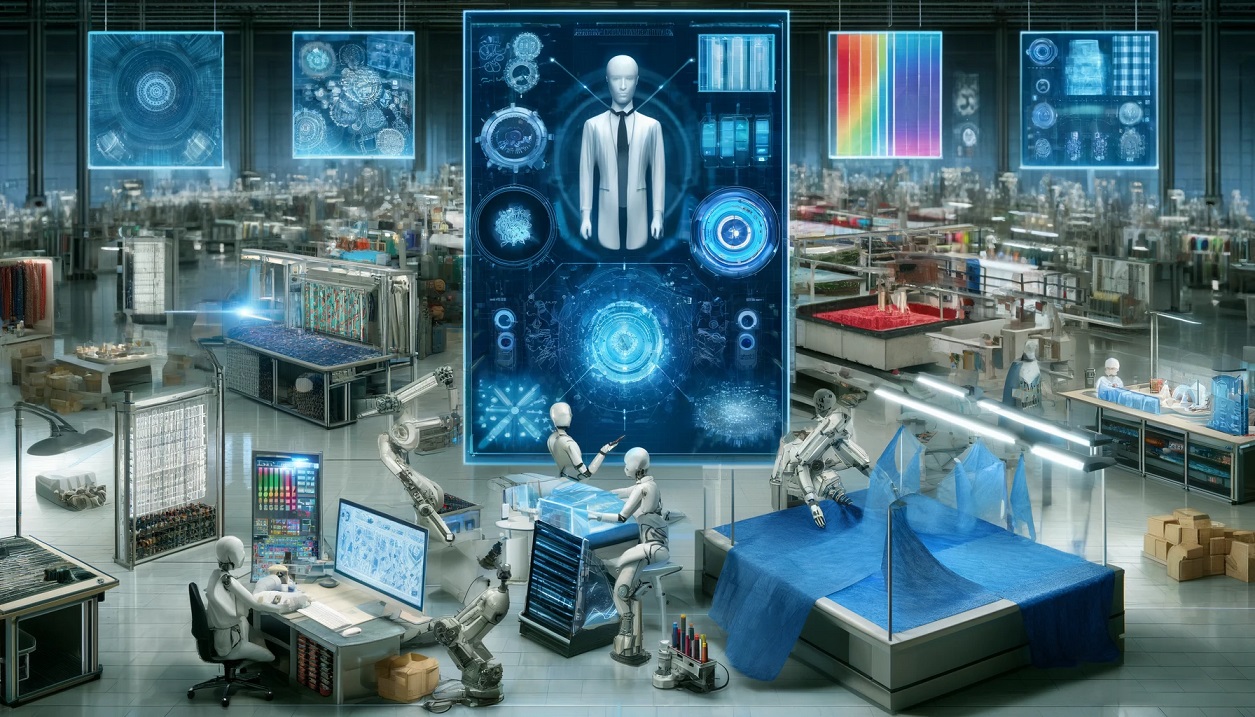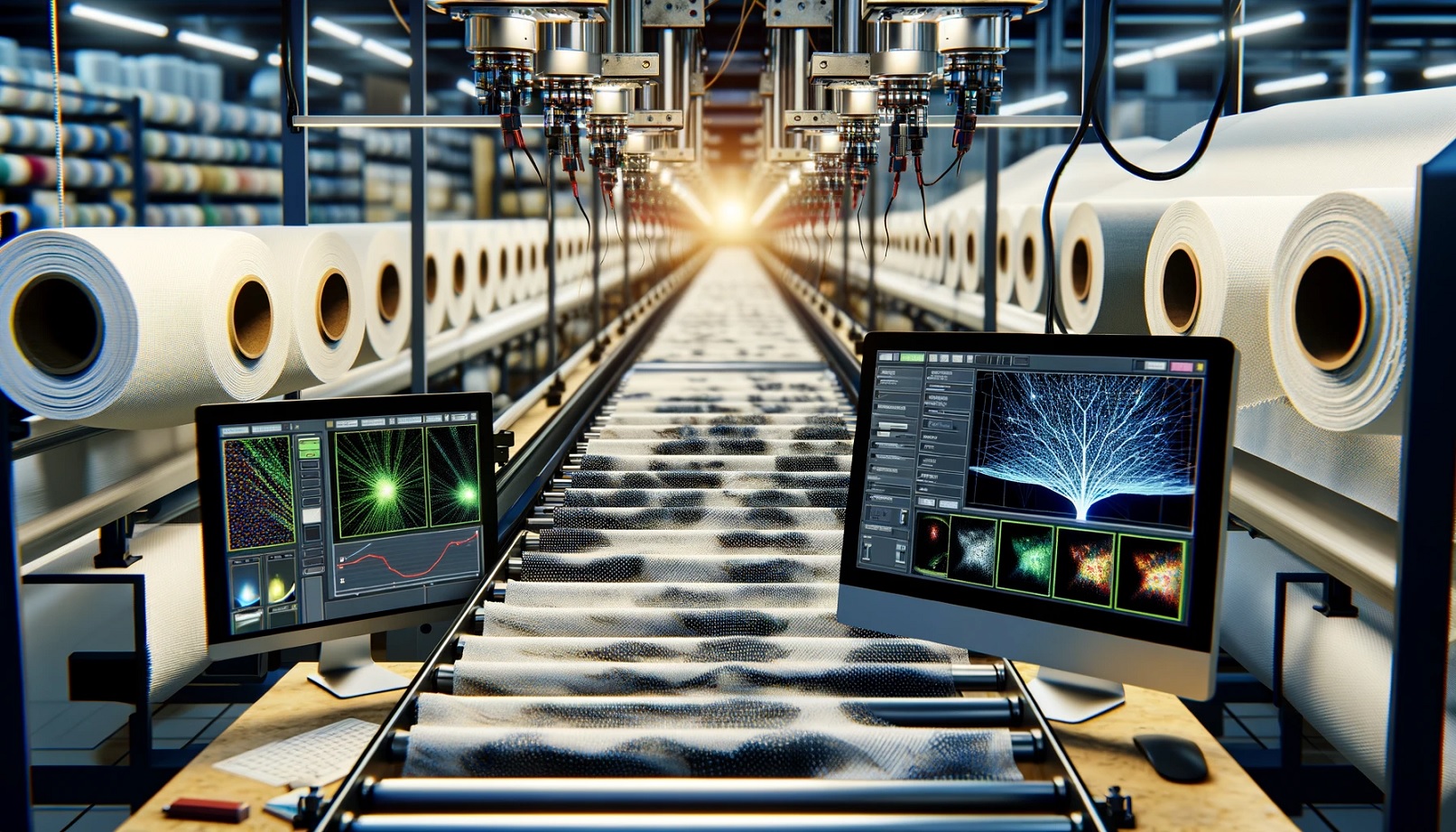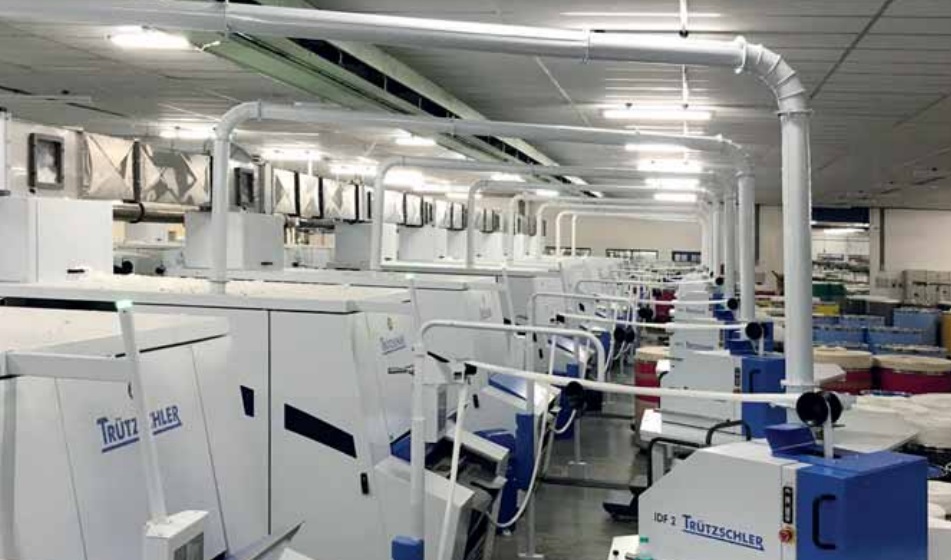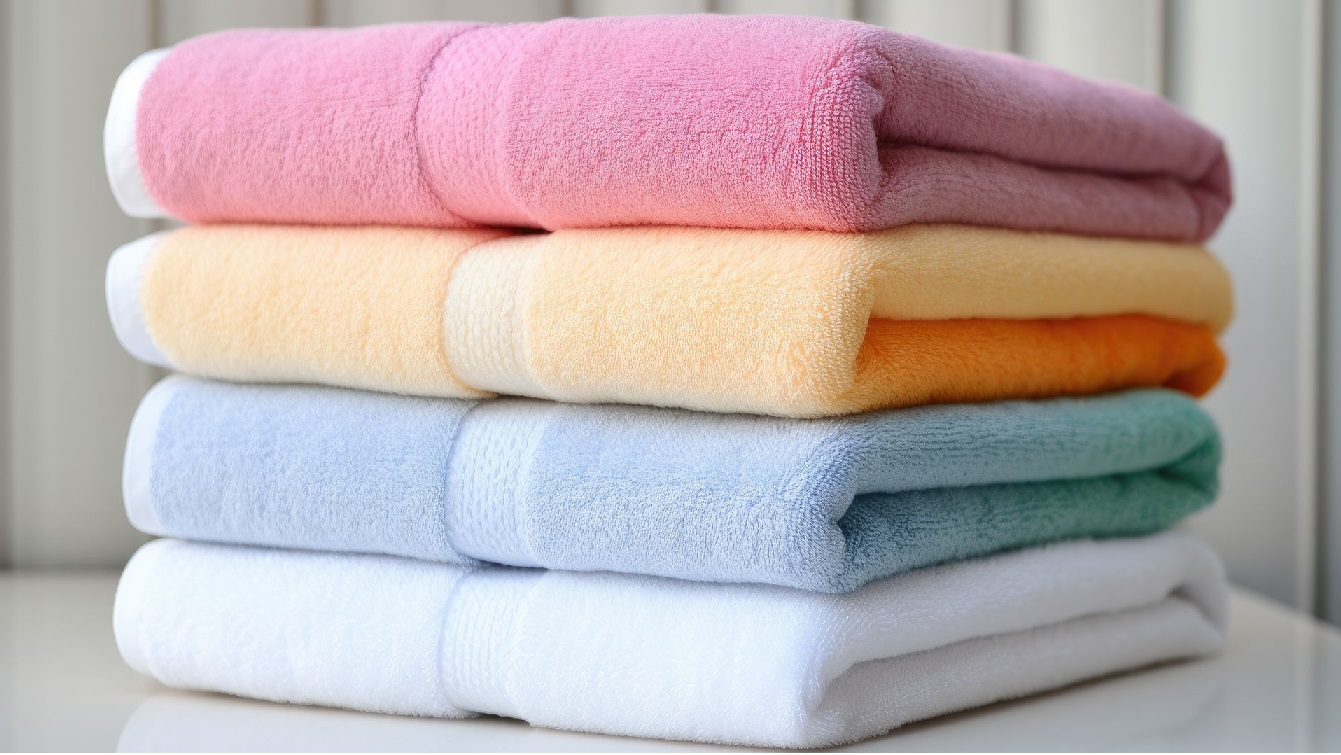Artificial Intelligence (AI) is not just a buzzword; it’s a powerful force driving significant changes across various industries, including textiles and clothing manufacturing. This convergence of technology and traditional industries is streamlining production processes, enhancing product quality, and opening up new avenues for innovation and efficiency. This post explores some notable applications of AI in the textile industry.
1. Enhancing Quality Control and Inspection with AI
In the realm of quality control and inspection, AI-powered image processing systems represent a major advancement. These systems utilize sophisticated algorithms to analyze high-resolution images of textiles instantly. They can detect a range of defects such as tears, stains, and misprints with unprecedented accuracy and speed. By automating the inspection process, AI not only ensures a consistent standard of product quality but also significantly reduces the need for costly and time-consuming manual inspections. This shift not only drives cost savings but also improves the overall efficiency of production lines.
2. Predictive Maintenance: A Proactive Approach
AI’s ability to predict and prevent machine failures before they occur is transforming maintenance strategies in textile manufacturing. By analyzing sensor data that monitors critical parameters like temperature, vibration, and energy usage, AI systems can identify patterns that precede equipment failures. This predictive insight allows manufacturers to undertake preventive maintenance, thereby minimizing downtime, extending the lifespan of machinery, and reducing maintenance-related expenses. This proactive maintenance strategy is essential for maximizing uptime and productivity in the competitive textiles market.
3. Optimizing Manufacturing Processes through AI
AI-based optimization algorithms are crucial in refining the manufacturing processes of textiles. These algorithms process vast amounts of data from sensors, production logs, and quality control systems to pinpoint bottlenecks and inefficiencies. By dynamically adjusting production schedules and fine-tuning process parameters, AI ensures that manufacturing operations are both efficient and cost-effective. This ongoing process of optimization not only helps manufacturers reduce waste and energy consumption but also enhances throughput and overall product yield.
4. Accelerating Product Design and Development with AI Tools
AI-driven design tools are revolutionizing the way textile products are developed. These tools leverage extensive datasets on material properties, performance requirements, and consumer preferences to generate optimized product designs and simulations. This capability significantly accelerates the product development cycle, reduces time to market, and allows designers to experiment with innovative concepts more freely. As a result, manufacturers can more rapidly respond to market trends and consumer demands, driving greater innovation in textile products.
5. Streamlining Supply Chain Management
AI-powered systems are also making a substantial impact on supply chain management within the textile industry. By analyzing historical data and current market trends, AI enables more precise inventory management, optimizes procurement strategies, and enhances logistics operations. These improvements help manufacturers minimize stock-outs, reduce excess inventory, and identify cost-saving opportunities. Furthermore, AI-driven optimizations in transportation routes, warehouse operations, and supplier interactions contribute to a more efficient and responsive supply chain.
6. Personalization and Customization: Tailoring Products with AI
In a market where consumer preferences are continuously evolving, AI offers a powerful tool for personalization and customization of textile products. Algorithms analyze customer data, such as purchase history and browsing behaviors, to create personalized product recommendations and custom design options. This targeted approach not only enhances customer satisfaction and loyalty but also provides manufacturers with a competitive edge by differentiating their products in a crowded marketplace.
Conclusion: AI as a Catalyst for Transformation
The integration of AI into the textile industry is more than just an enhancement; it’s a transformative shift that is redefining how textiles are designed, produced, and distributed. As AI technology continues to evolve, its potential to further revolutionize this industry grows, promising even greater efficiency, innovation, and alignment with consumer demands. For businesses in this sector, embracing AI is not merely an option; it’s essential for future success and sustainability.



